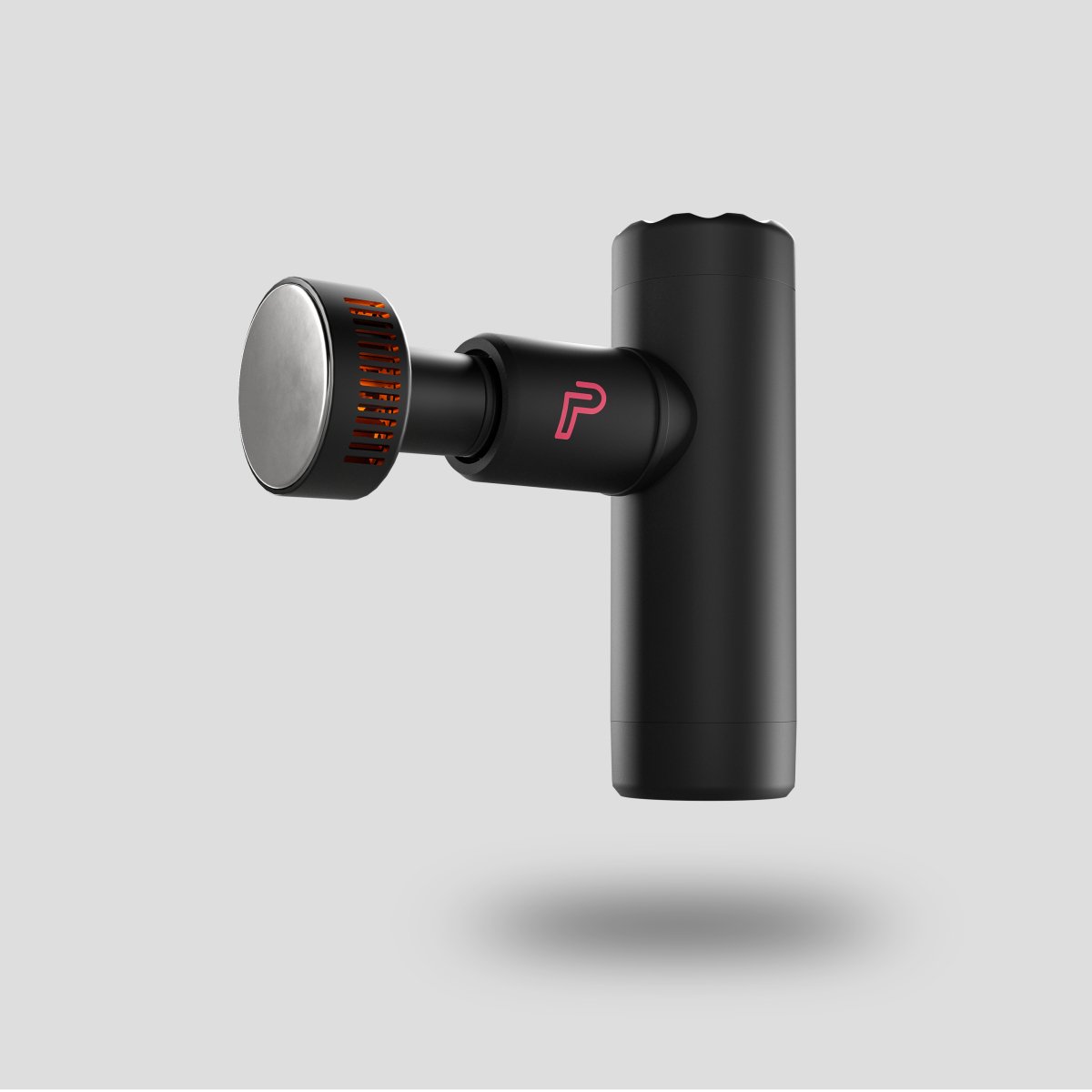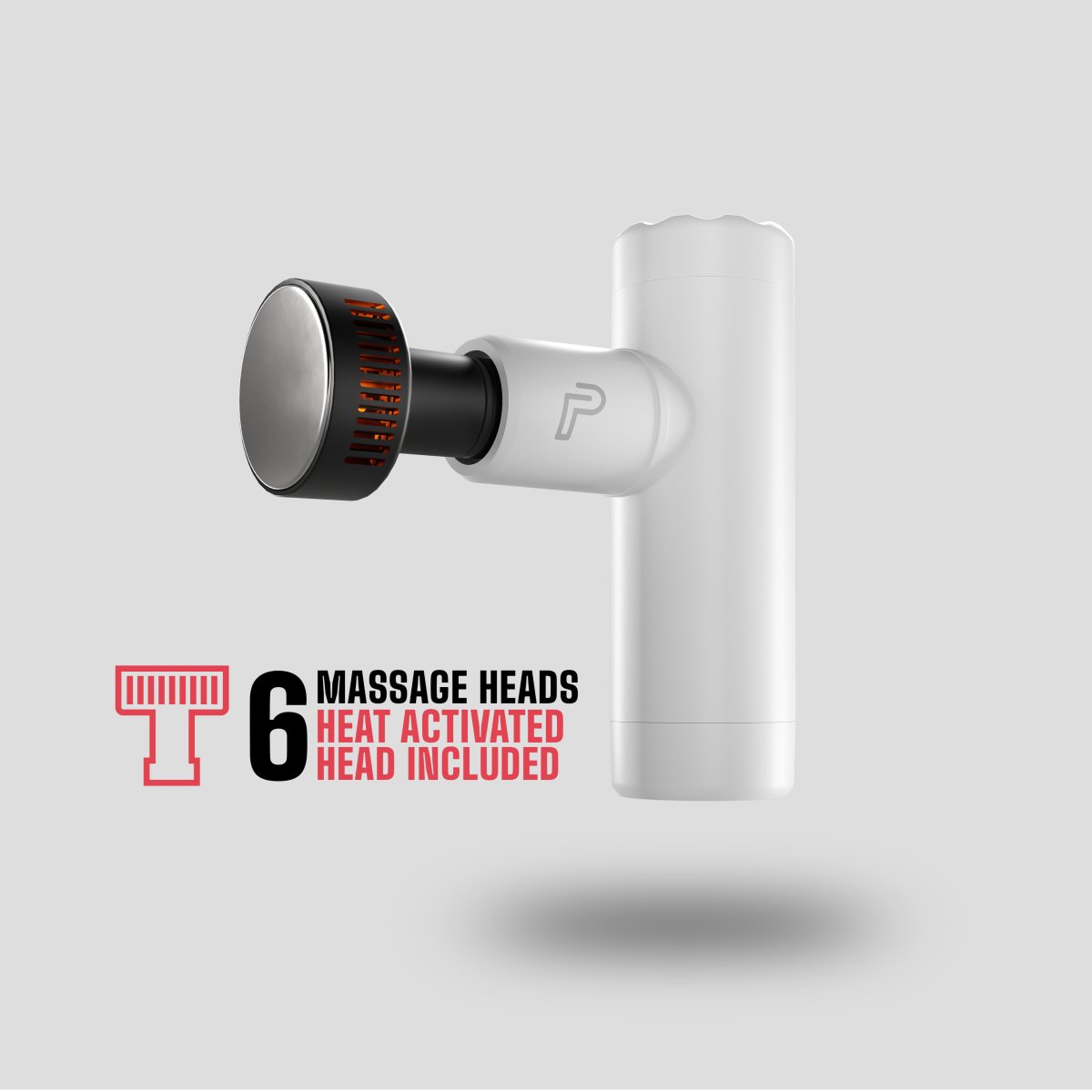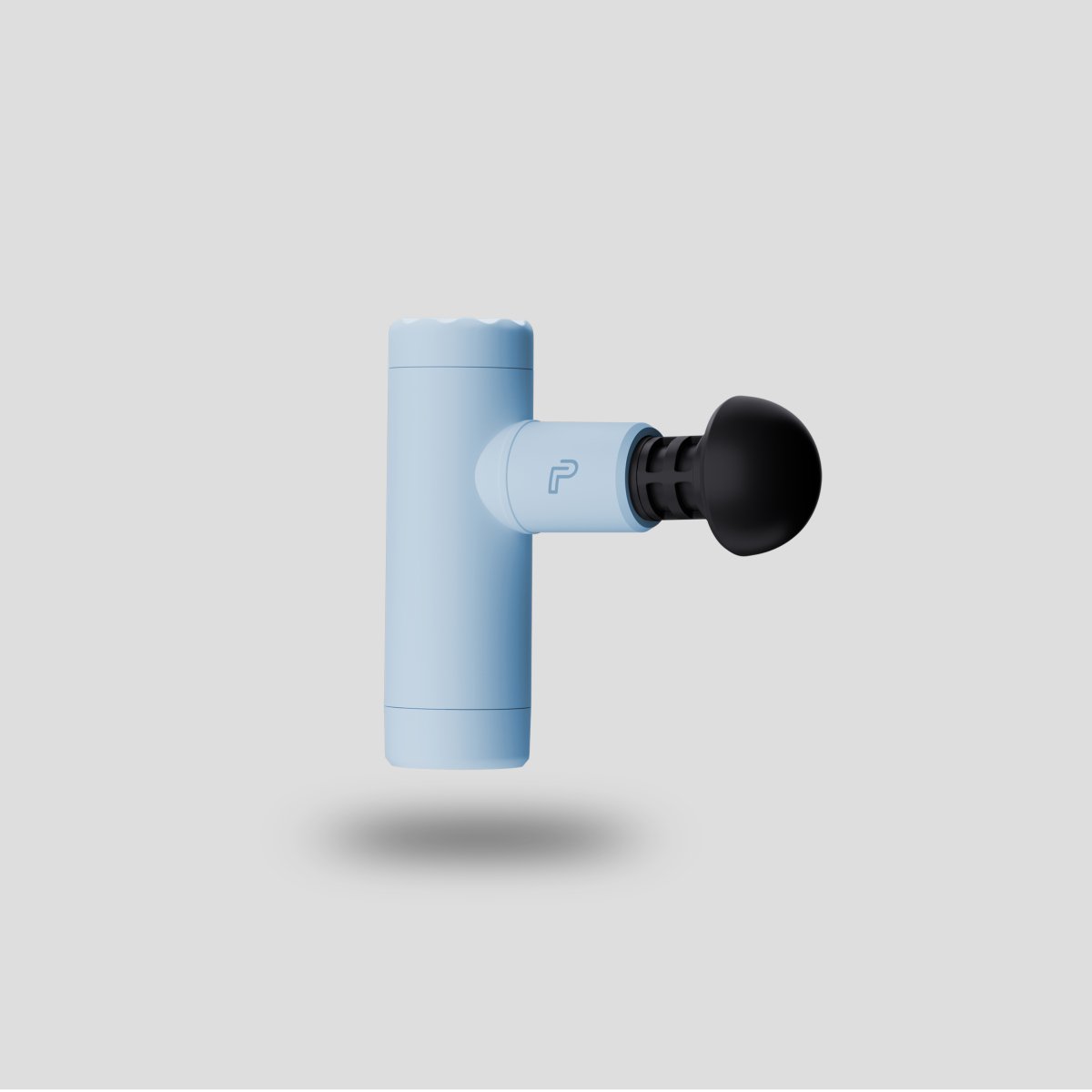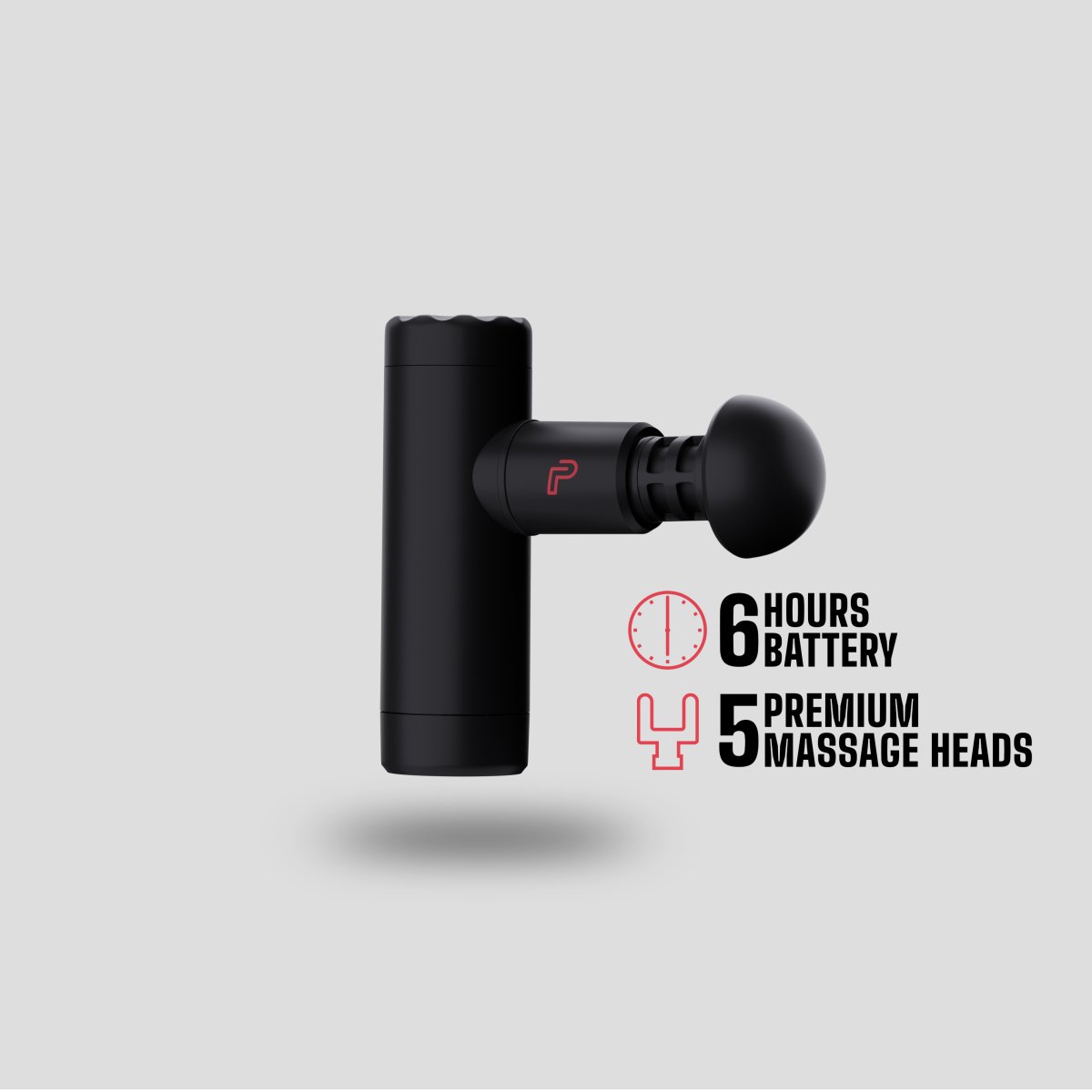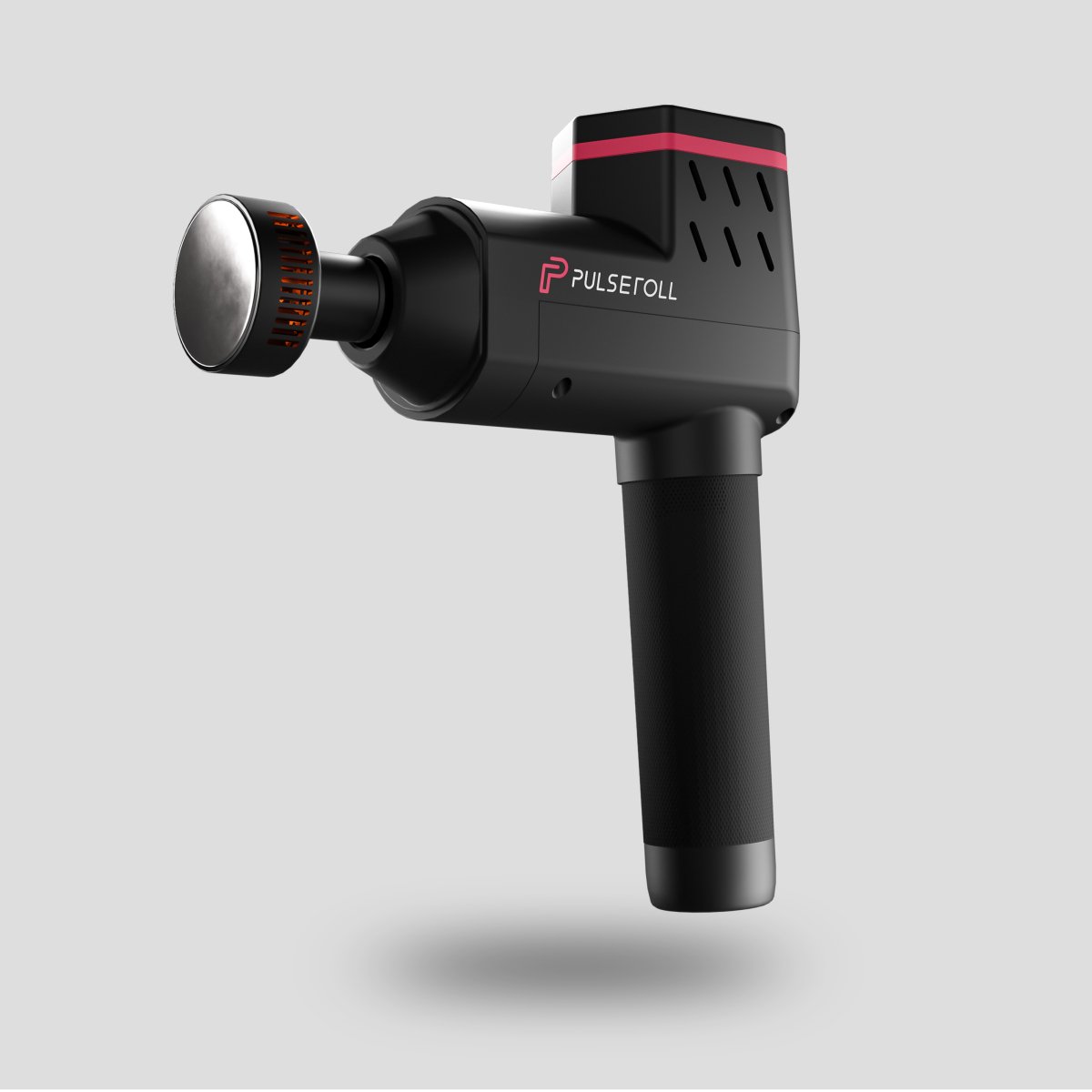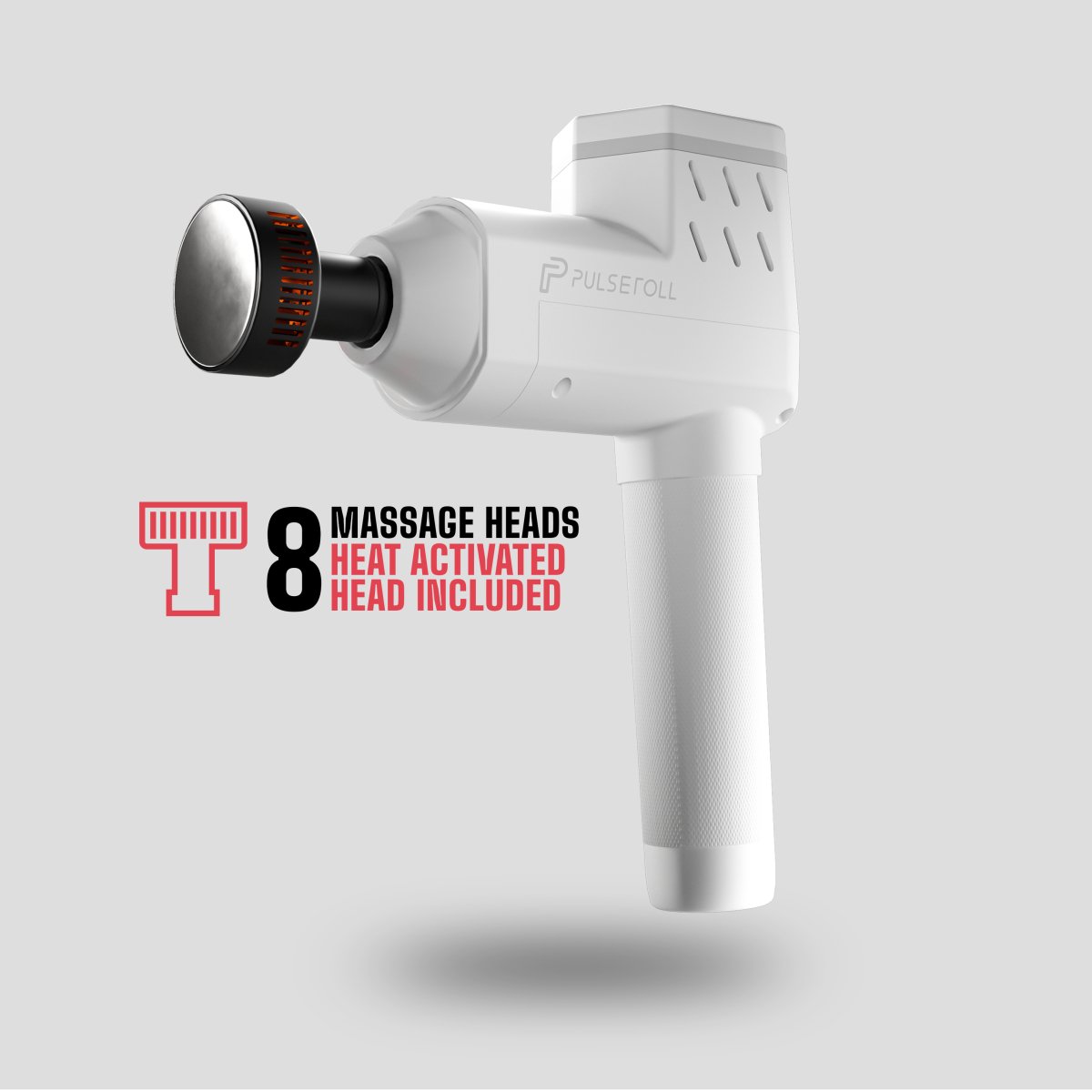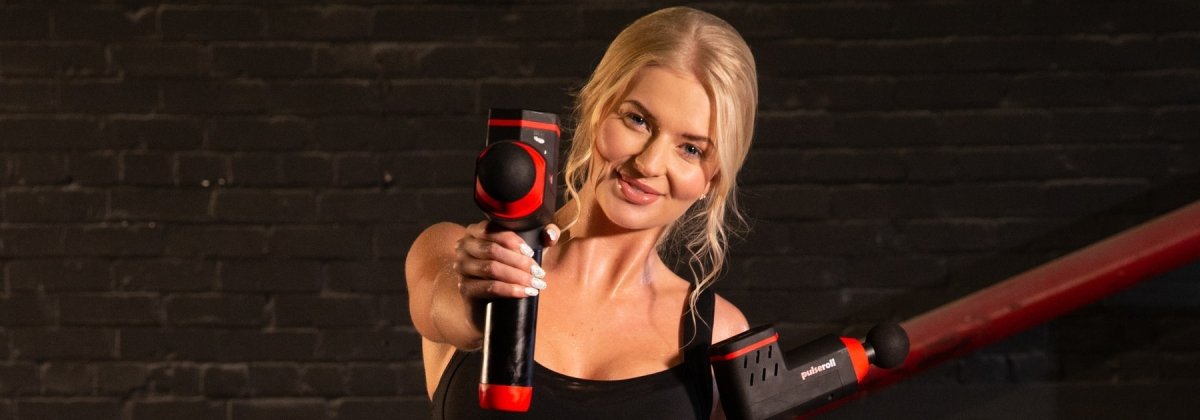Lower back pain is a common problem globally. It is estimated that about 70% of people experience lower back pain at some point. Most cases of lower back pain are because of muscle strain or injury and can be treated with rest, ice, and over-the-counter medication.
The problem is common among musicians, office workers, athletes, pregnant women, and many other professions. Because of such a large number of people afflicted by lower back pain, there is a need for a complete guide to helping solve and prevent back pain.
Severe lower back pain while walking or standing may lead to an injury. Knowing the right way to approach a lower back injury can save you from future injuries. Here's a comprehensive guide to lower back pain during walking or standing.
What is The Reason For My Lower Back Pain When I Stand?
The human body is wholly made up of many muscles and joints. These muscles and joints are designed to work together to support the spine. When you stand, your back muscles contract, creating a pulling force on the spine. This pulling force is what keeps your back straight when you stand upright.

When these muscles are overworked or underused, it can cause pain in the lower back region. This is because these muscles can become tight or weak from lack of use or overuse.
The most common reason for lower back pain is sitting or standing in one position for too long. It can also be caused by lifting heavy objects or by sleeping on a mattress that is too soft.
The following are some particular reasons for lower back pain:
- Sprains caused by strained ligaments
- Strains caused by applying too much stress to a muscle
Spinal stenosis is the pressure on nerves produced by the narrowing of gaps in the spine caused by degenerative disc disease. It occurs when the discs between vertebrae degrade, reducing the space between them and irritating adjacent nerves. A massage gun is a great way to alleviate the pain and tension caused by prolonged standing.
Why Do Lower Back Pains Occur When Walking?
There is a chance that you have experienced lower back pain, especially when walking. The most common reason for lower back pain can be muscle strains and overuse. Knowing what leads to it is essential if you are experiencing this type of pain.
The human body is designed to be mobile. An imbalance in the muscles around the pelvis can lead to lower back pain and other pains in the body. A common cause for these imbalances is repetitive movements like sitting with your legs crossed or standing on one leg for long periods. This can lead to muscle tightness and strain, which can cause low-back pain when walking or doing other activities such as bending or twisting.

One way to help alleviate lower back pain when standing is by using a massage gun. A massage gun is a handheld product that delivers gentle vibrations and pressure to the muscles in your back, also known as percussion therapy. You can adjust the head attached, put it on any sore spot or muscle group, and it will soothe the muscle tension that's causing pain.
If you experience lower back pain while walking or standing, here's what you should do:
Lower back pain is a common health problem in the world. Living with lower back pain can be a real challenge. You might not be able to do all the things you used to enjoy, which can impact your quality of life.
But there are ways to manage your lower back pain, and one of them is through massage therapy. Massage therapy is a great way to break up muscle knots in your back and relieve pressure on the spine. If you can't take time out for massage therapy or do all the exercises to minimize lower back pain, then a massage gun is your best bet. The Pulseroll pro grey massage gun provides an amazing percussive massage to help you maintain excellent physical condition and reduce lower back pain.
Common Reasons Behind Severe Lower Back Pain While Standing or Walking
Back pain is a common problem that affects people of all ages. There are multiple ways to relieve back pain, and it is essential to know the options.
Many things can cause or contribute to low back pain, including:
- Poor posture when walking or standing for a long period
- Slouching in a chair for extended periods
- Sitting too long without breaks
- A sudden change in physical activity level or intensity
- An injury, such as an accident or fall
- A medical condition such as osteoporosis, arthritis, or diabetes
Tips to Prevent Lower Back Pain
Identifying the cause of your pain and getting treatment as soon as possible is essential.
Some tips for when you experience lower back pain:
- Wear Orthotics
Orthotics are shoe inserts that give your feet support, optimum alignment, and stability. They are especially beneficial if you have overpronation, plantar fasciitis, or bunions.
- Practice Good Walking Posture
While it's easy to become sidetracked by everyday obligations, take a moment to check to see whether you're standing straight. When standing or walking, avoid lowering your shoulders. When walking, stand as tall as you can with your chest forward and shoulders back, and keep your weight on your heels.
- Massage Therapy
Massage therapy is another excellent treatment for lower back discomfort when coupled with stretches and exercises. Performing all three reduces short and long-term pain and enhances mobility.
- Physical Therapy
Always consult your doctor or physiotherapist for specific exercise and stretching advice, as back issues may prevent you from performing some workouts. Click here for general recommendations on where to begin.
- Yoga
Yoga is one of the most effective workouts for relieving lower back pain. In one study, individuals who participated in yoga courses for 12 weeks 4 reported decreased back pain. A competent yoga instructor is required to avoid injury, and the advantages of yoga can extend for several months.
- Keep a Healthy Weight
Excess weight stresses your joints and significantly strains your back muscles, even while doing basic movements like turning around. This can cause severe lower back discomfort while walking or standing and knee and ankle pain, significantly reducing your quality of life.
Symptoms of Acute Lower Back Pain while Standing
Lower back pain symptoms can range from a simple muscular ache to a scorching and stabbing feeling. Furthermore, the discomfort may spread to your arms or legs or intensify during basic activities such as walking, standing, bending, or twisting.
What Causes Lower Back Pain When you Walk or Stand up
Lower back pain is a common condition that affects many people. It also often has no identifiable cause. One of the risk factors for developing lower back pain is prolonged sitting or standing in one position for an extended period.

Other reasons for lower back discomfort while standing include:
- Herniated disc: The gel-like disc that cushions the vertebrae in your spine can bulge or rupture, producing extreme pain due to strain on the spinal nerve root.
- Sciatica: Pain in the legs, buttocks, and hips caused by pressure on the sciatic nerve.
- Spinal Stenosis: When the area around your spinal cord narrows, more significant pressure is placed on your spinal nerves, causing discomfort.
- Stress: Long durations of standing or walking strain your lower back. In addition to the pressure on the lumbar vertebrae, standing in a highly demanding physical job may cause your back muscles to contract, exacerbating the pain.
- Obesity is a problem: Every pound of extra weight adds four pounds of stress on your joints. This includes the facet joints, which are placed between the vertebrae. These joints make your back flexible when bending down or twisting around.
- Bad posture: A few days of bad posture will not do much harm to your back. However, doing so over a long period will affect the structure of your spine: discs, muscles, joints, ligaments, blood vessels, and neurons on your back will all suffer more stress.
- Sedentary way of life. Disuse Syndrome develops as a result of inactivity. If you have a sedentary lifestyle, you may be unintentionally triggering musculoskeletal system degradation. As a result, you'll suffer from various health issues, including chronic lower back discomfort.
A massage gun can help alleviate lower back pain by providing a deep tissue massage to the lower back and buttocks muscles. The idea behind this treatment is that it can stimulate blood flow and improve muscle function.
Does Standing For Extended Periods Cause Discomfort in The Lower Back?
We can't say if standing for extended periods causes permanent damage to the lower back. But prolonged periods of standing can indeed lead to back pain. This is because when you stand, your body bends forward at the waist, putting pressure on your lower back. When you're seated, your spine curves naturally to distribute weight evenly, and this reduces pressure on your lower back.
It's not just prolonged periods of standing that cause pain in the lower back - it's also activities like heavy lifting or repetitive movements that strain the muscles in our hips, legs, and buttocks.

The best way to avoid lower back pain when standing or walking is to take frequent breaks, exercise your core muscles, and use a pro massage gun.
Risk Factors for Developing Lower Back Pain
Smoking is one of the most vital risk factors for developing lower back pain. This is because smoking causes a narrowing of the blood vessels, which limits oxygen supply to the discs in your spine.
Age and disease are two other risk factors that can lead to lower back pain. As we age, our discs lose fluid and become thinner, leading to lower back pain when they press on nearby nerves. Additionally, certain diseases, such as diabetes, can cause nerve damage in your spine, leading to lower back pain.
Psychological conditions like depression and anxiety may also contribute to lower back pain by affecting how well you sleep or how much physical activity you do.
Home Treatment for Lower Back Pain
There are many ways to relieve lower back pain. One way is to use a massage gun to stimulate the muscles that surround your spine. A massage gun uses vibration technology to create a therapeutic massage that helps relax your muscles and alleviate discomfort from tightness or soreness.
There are multiple at-home treatments for lower back pain:
Relax.
Sitting down can sometimes release enough pressure from your lower back to lessen significant discomfort.
Purchase supportive footwear and orthotics.
Purchase shoes or shoe inserts that will assist you in keeping your feet in a neutral, supported position.
Nonsteroidal anti-inflammatory medications (NSAIDs).
Ibuprofen and Naproxen are examples of over-the-counter pain medication.
Straighten up and stand up.
Proper weight distribution requires good posture. Standing and sitting up straight will be beneficial.
Mattress assistance.
Find a mattress that is more supportive than your existing one.
Stretching and exercise
Although exercise is generally beneficial in treating lower back discomfort, it is best to talk with a physician first. Some workouts might aggravate the ache. Avoid toe touches and situps, for example, and instead, attempt hamstring stretches. Improving one's physical condition will assist lessen lower back discomfort while standing and performing other daily tasks.
Heavy lifting should be avoided.
Lifting large items should be avoided. If necessary, maintain your back straight and bend your legs to allow your muscles to handle most of the effort.
Use both heat and ice.
Apply an ice pack to your lower back for 20 minutes multiple times daily as soon as the discomfort begins. Alternate between cold and heat after 48 hours.
Is a Massage Gun a Good Option for Lower Back Pain?
The gun is a type of massage therapy used for years in the medical field. It is a handheld device that can be used on different body parts, including the back.
- A massage gun is a tool that is used to provide relief for lower back pain. It is also called a trigger point therapy device.
- It uses kinetic energy to stimulate the muscle tissue and increase blood flow. The gun is usually handheld and can be connected to a power source or battery-operated.

- The gun shoots small, fast-moving balls at pressure points on the skin to stimulate muscles and break up knots and tension. The massage balls are made of rubber or plastic and are propelled by air pressure.
This type of massage therapy can be helpful for people who face lower back pain because it provides deep tissue stimulation to release tension in these tight muscles.
When Should You See Your Doctor?
Lower back discomfort when standing or walking is usually not a cause for concern. Indeed, home treatments like hot and cold therapy, mild stretching, and over-the-counter pain medicines are frequently beneficial in treating this discomfort.
However, if the pain stays for more than a week or two, produces numbness, paralysis, or tingling in your legs, or happens in conjunction with other severe symptoms, you should consult a doctor. A doctor will determine the cause of your lower back discomfort and offer the best therapy.
Key Takeaways
Improper posture, extra body weight, poor sleeping arrangements, and a lack of exercise can all contribute to lower back discomfort when walking or standing. Back discomfort can be treated at home using over-the-counter pain relievers, physical therapy, and massage treatment. However, a massage gun is a perfect gadget for people who don't have time to rest and practice physical therapy. Pulseroll has several massage guns to help you get back on your feet faster than ever.
Furthermore, if the pain persists and you have additional symptoms associated with lower back pain, you should visit a doctor to diagnose the problem and receive treatment.
FAQs
What should you do when you can hardly walk due to lower back pain?
Lower back pain or discomfort usually goes away when you sit or lie down to rest your back.
Treatments such as rest, hot or cold therapy, over-the-counter (OTC) pain relievers (such as ibuprofen and naproxen), or gentle exercises to stretch and loosen tight muscles can help.
Why does it ache when I walk or stand?
Lower back discomfort is most commonly caused by postural stress. When you stand or walk, the increased strain on your spine can cause the lower back muscles to contract and spasm, resulting in discomfort. Sprains from strained ligaments are one cause of lower back discomfort.
What are the warning signs of low back pain?
If back pain is caused by a specific action, such as incorrect lifting or twisting, and it vanishes within 72 hours of resting and using ice, it's typically nothing to worry about. However, if the pain comes on gradually, suddenly, or does not go away, you may have a more significant problem.
Night aches and pain during rest are warning flags that might suggest a severe underlying condition. In individuals with low back pain who have unexplained weight loss, nocturnal discomfort, or pain with rest, look for signs of infection and consult a doctor.
How can you tell whether your lower back pain is severe?
You may feel a persistent, dull aching, a stabbing or acute pain, or a scorching or tingling feeling. If you have chronic back pain, you can feel as if you are constantly in agony or anticipating for the pain to return. This is when you can tell that your back pain is severe.
When should I visit a doctor if I'm experiencing lower back pain?
If the discomfort lasts more than four weeks. If the discomfort worsens over time and you have additional symptoms, such as fever, significant weight loss or increase, loss of function or weakness in your extremities, urinary difficulties, etc. At this point, you should visit a doctor.
How can you know if a muscle or a disc is causing lower back discomfort?
Because your spinal disc is located near the base of your spine, you may suspect a slipped disc if you have pain in your lower back.
Furthermore, the two will experience different levels of agony. Muscle pain feels like post-workout soreness, but disc pain is incapacitating and tingling.
How can you tell if your back pain is muscular or spinal?
If your pain spreads to your arms, forearms, and hands, the culprit might be your cervical spine (the neck region). If, on the other hand, you experience discomfort spreading to your legs, it might indicate a lumbar spine problem.
Why can't I stand because of lower back pain?
There are several causes behind this. Three of the most frequent causes of lower back discomfort that makes standing up straight difficult are; back sprains, sciatica, and a herniated disc.
What is the source of significant lower back pain?
Many kinds of persistent lower back pain are caused by osteoarthritis (the most prevalent type of arthritis) and degenerative disc disease (the natural wear and tear of spinal discs). Lower back discomfort can, however, be caused by mishap damage and severe stress.
What are the warning signs of back pain?
Back discomfort accompanied by fevers and chills may signal a spinal infection. A spinal tumour may cause nighttime discomfort and weight loss. Unsteady walking, bowel/bladder incontinence, and back discomfort are the warning signs of back pain.
When should you take discomfort seriously?
If back pain is caused by a specific action, such as incorrect lifting or twisting, and it goes gone within 72 hours of resting and using ice, it's typically nothing to worry about. However, if the pain comes on gradually, suddenly, or does not go away, you may have a more significant problem, and you should take the discomfort seriously.
How long should you wait before consulting a doctor if you have lower back pain?
Consult your GP if your back discomfort persists for longer than two weeks and stops you from engaging in routine daily activities. If your pain is severe, you should confer with a doctor as soon as possible. You should seek proper medical attention for fever and back pain.
What are the types of cancer-induced back pain?
Breast, testicular, colon, and lung cancer are just a few tumours that may spread to the spine. Back discomfort is reported as a symptom by around 25% of people with lung cancer. It is unlikely you are experiencing this pain from cancer, but it is always best to check with a doctor to eliminate the chance of your pain being a cause of a spinal cancer (or any other form).






